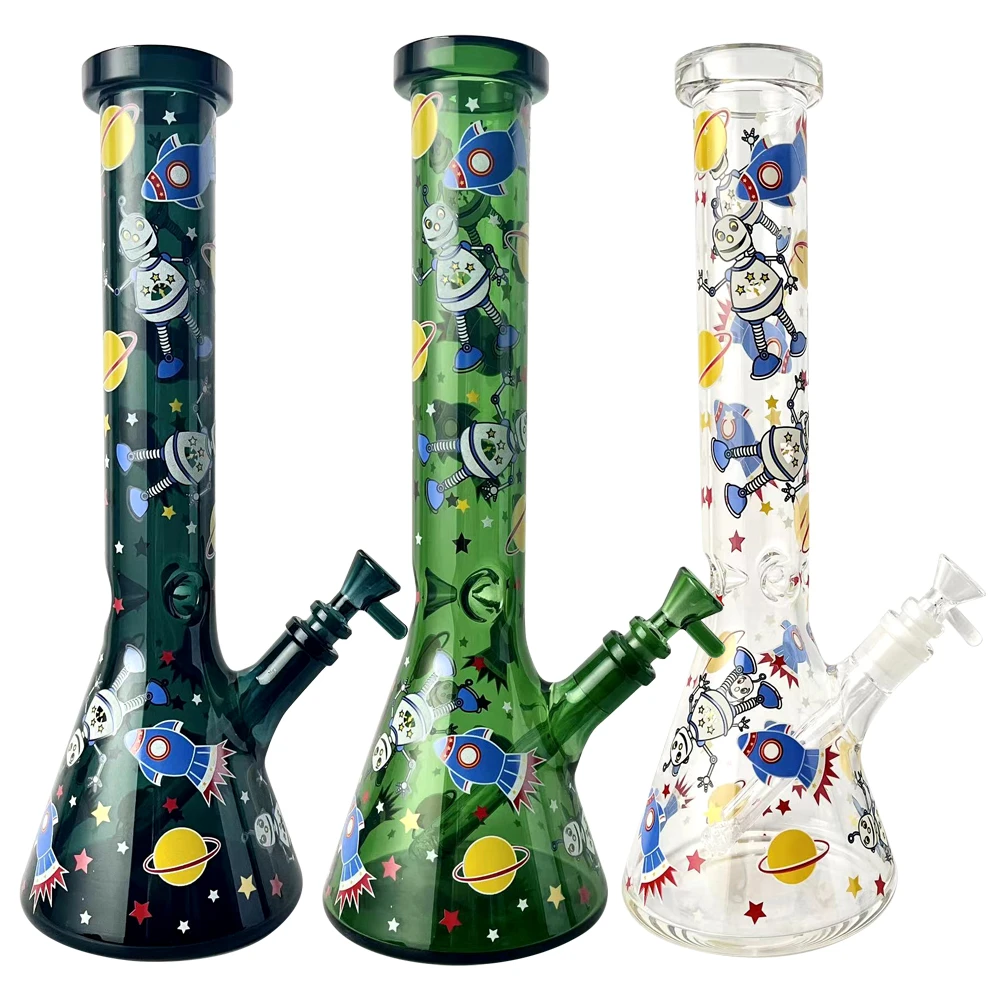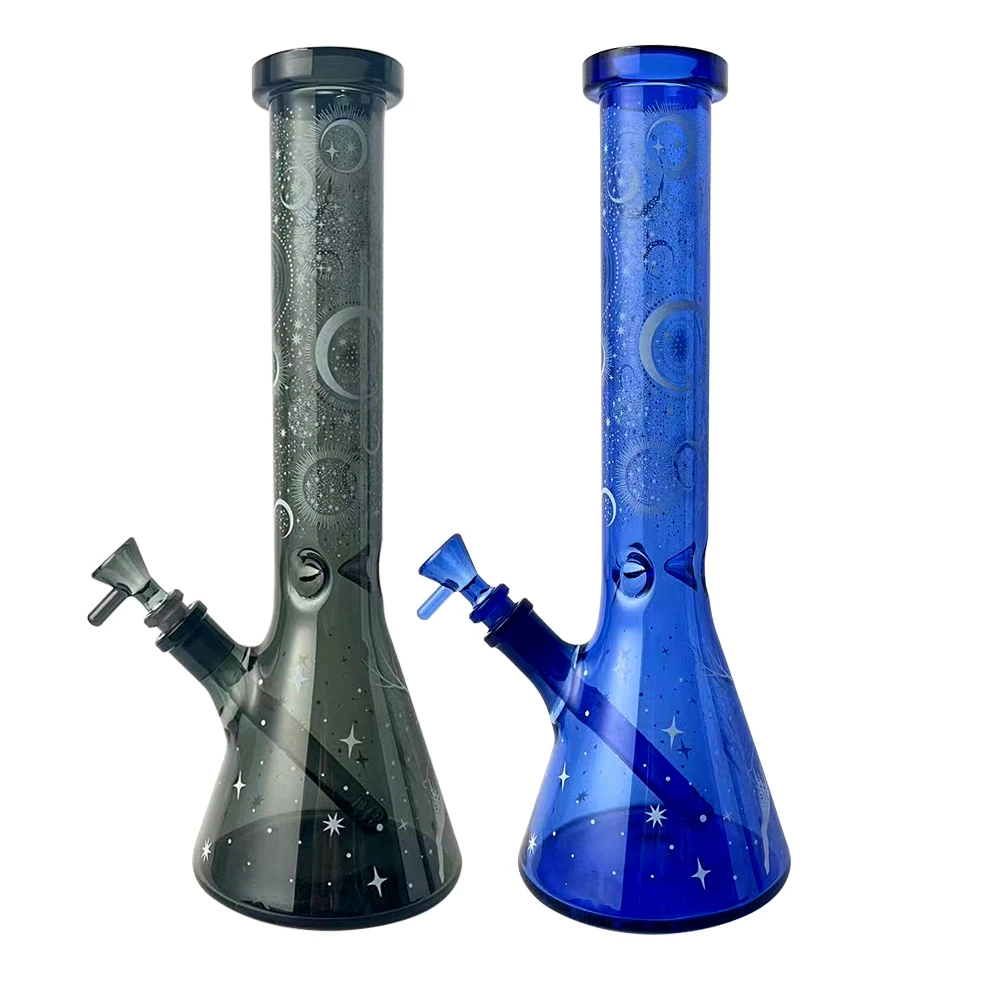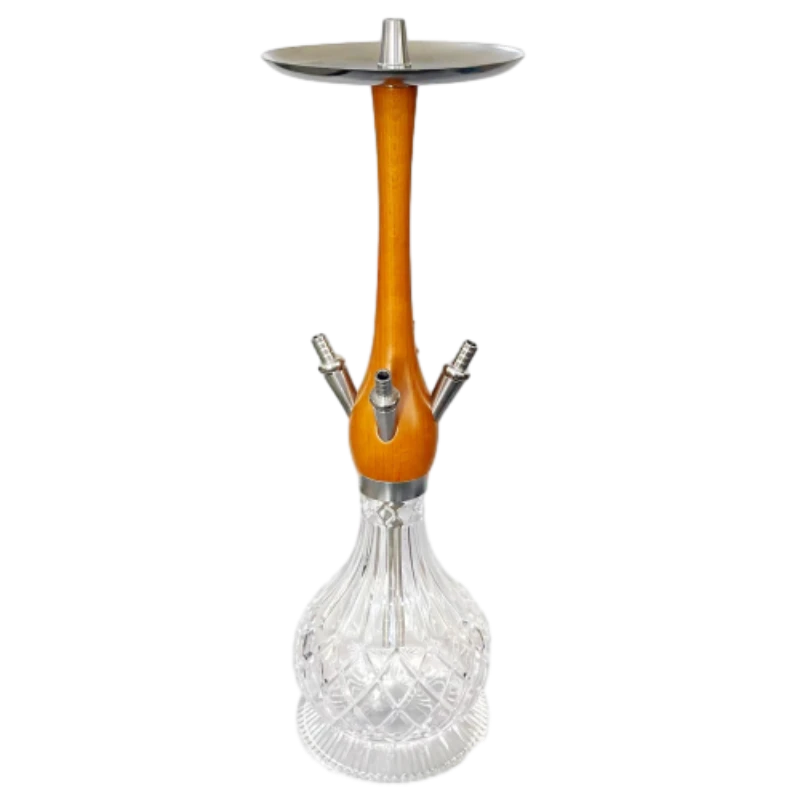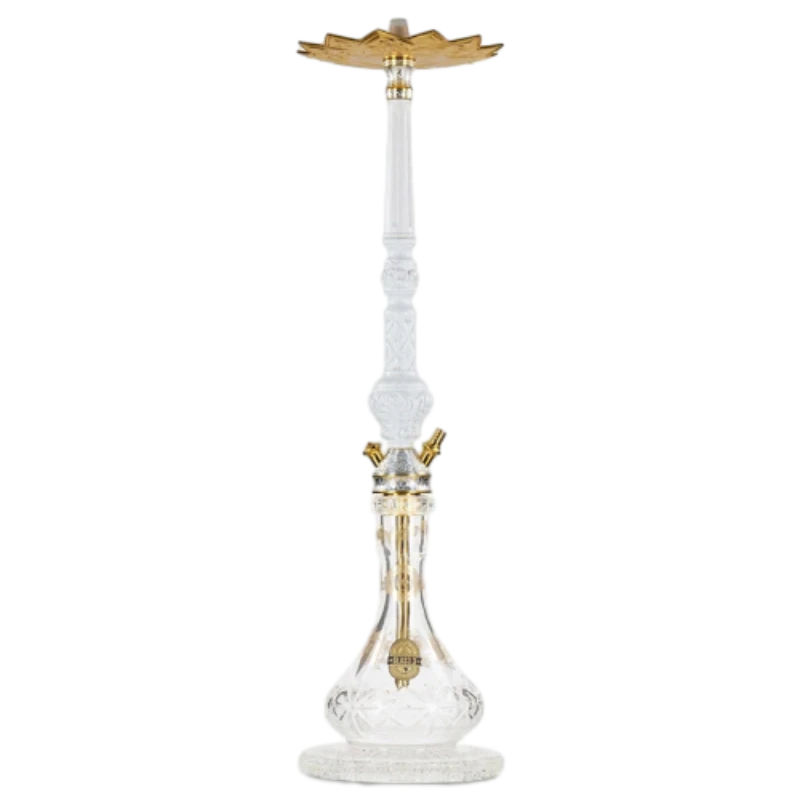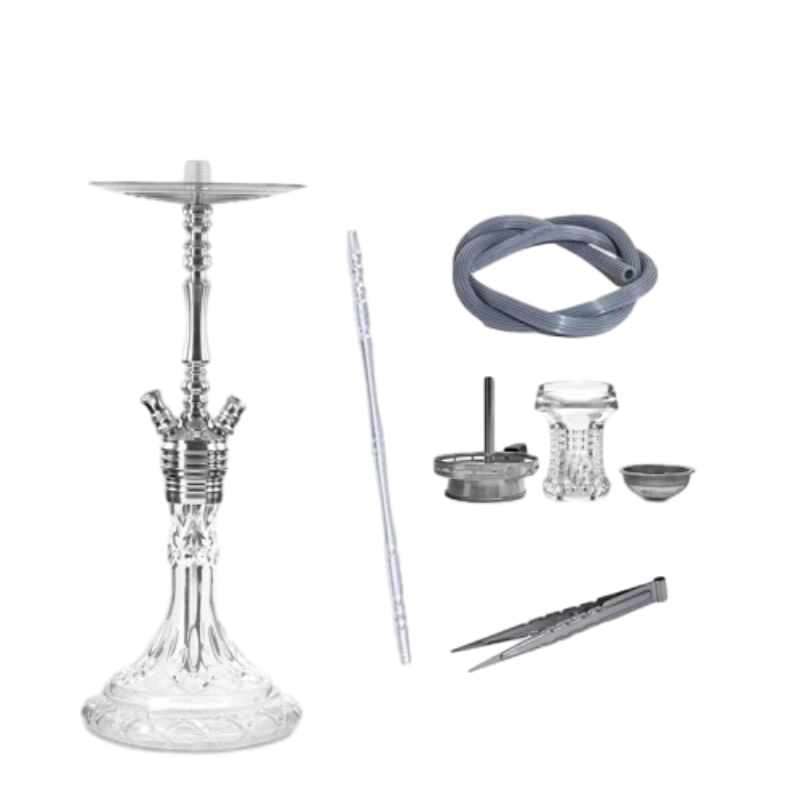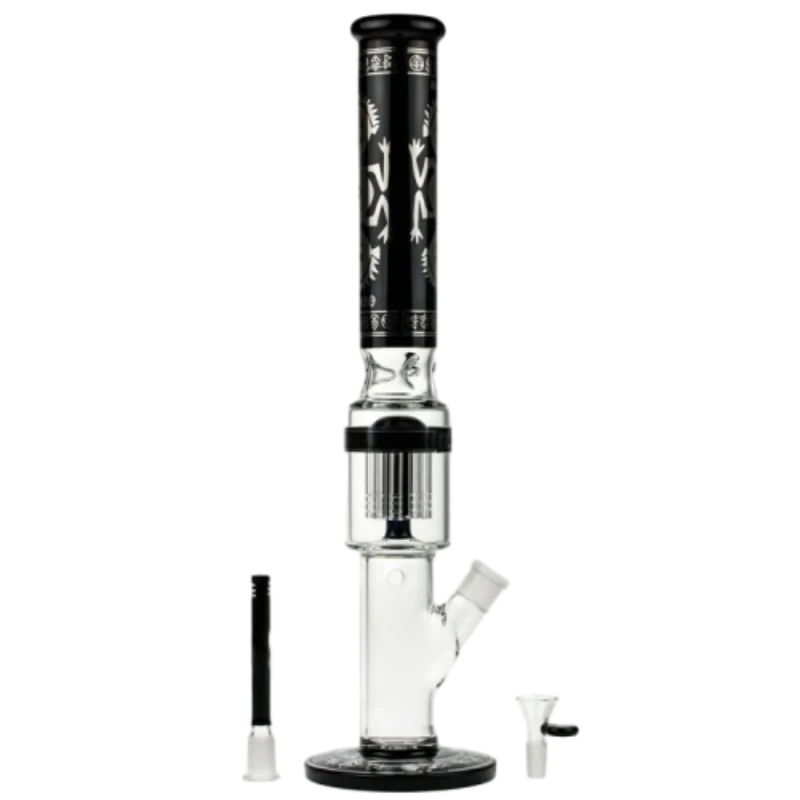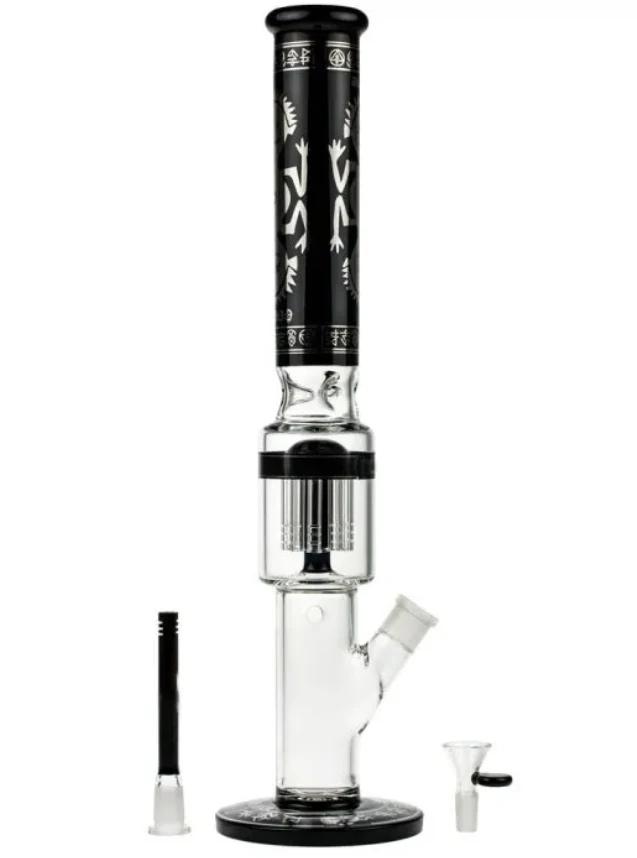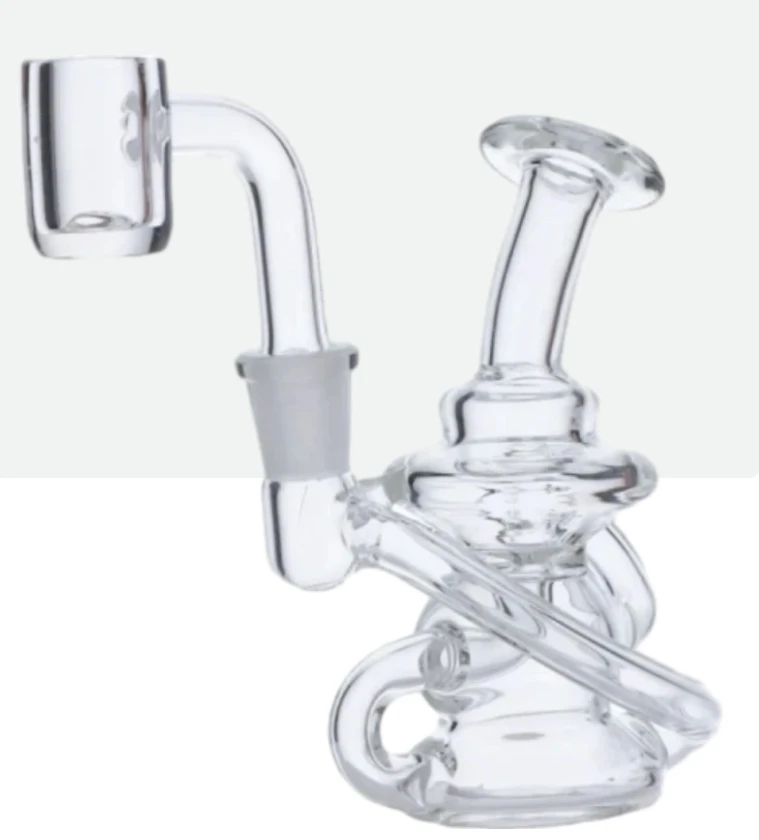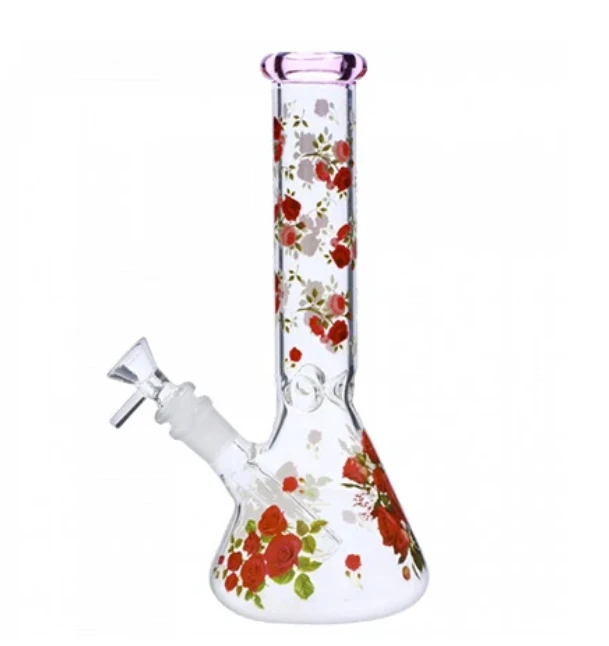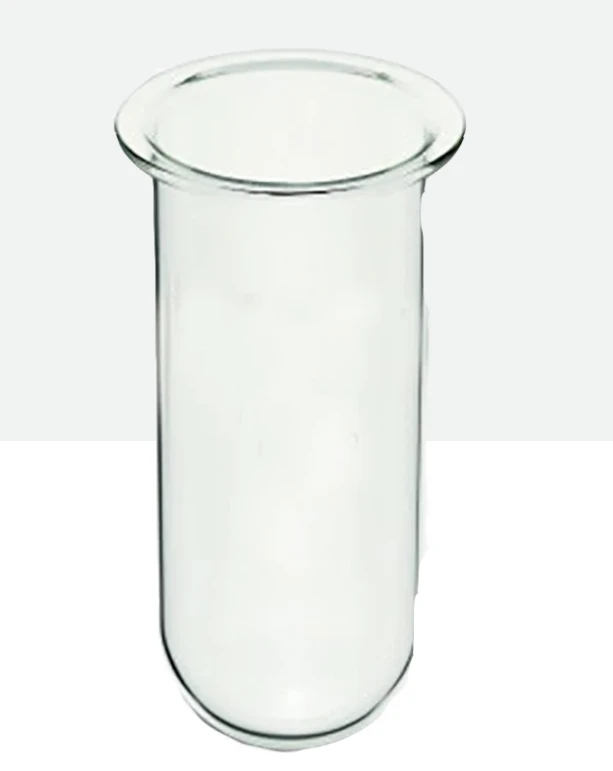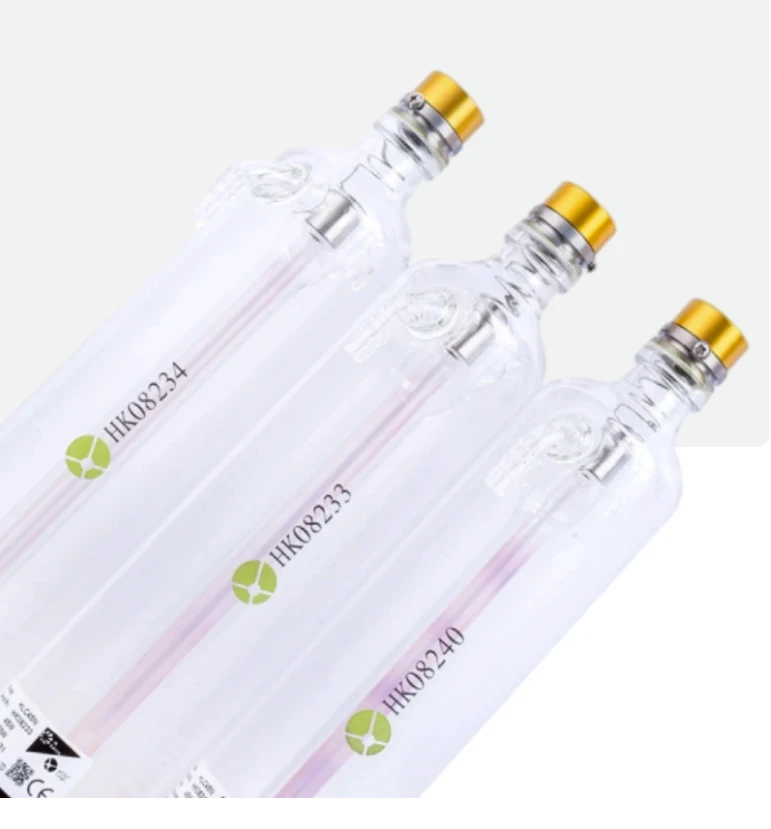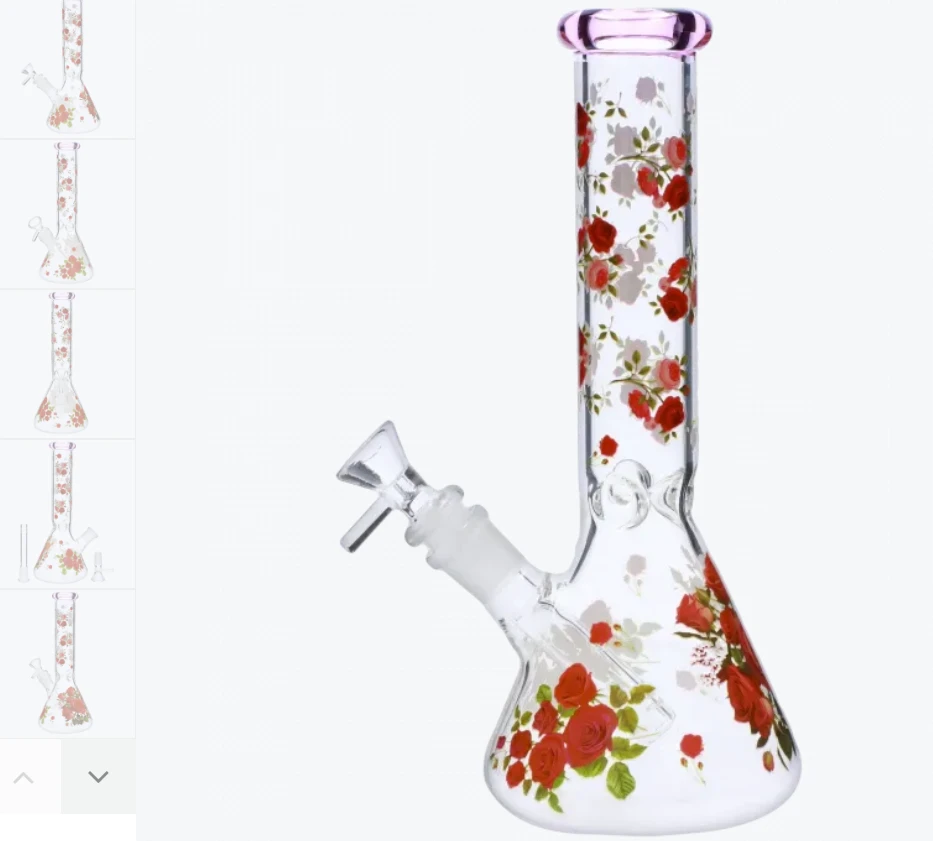- Technical Advantages of 100W CO2 Laser Tubes
- Performance Metrics Compared
- Manufacturer Comparison Table
- Custom Design Possibilities
- Industry Application Case Studies
- Maintenance Longevity Factors
- Procurement Process Guidance

(100 watt co2 laser tube)
Understanding Core Capabilities in 100 Watt CO2 Laser Tubes
Modern 100 watt co2 laser tube
s deliver transformative performance across industrial applications. These glass gas lasers generate infrared light at 10.6μm wavelength, ideal for non-metal material processing. Precision engineering enables ±0.1mm cutting accuracy even at maximum 2.5m/sec feed rates.
Key technological advancements include ceramic-aluminum hybrid electrodes reducing oxidation by 70% compared to traditional copper components. Advanced gas mixtures (helium:nitrogen:carbon dioxide = 5.8:1.3:1) extend operational lifespan beyond 12,000 hours. Improved cooling systems maintain optimal 25°C ±1°C operating temperature through turbulent-flow titanium chambers.
Performance Metrics Analysis
Power consistency separates premium tubes from budget options. Top-tier models maintain ±2% power stability across entire operational cycles, while economy variants fluctuate up to ±8%. This variance causes significant material processing inconsistencies.
Beam divergence measurements reveal crucial differences. Industrial-grade tubes achieve ≤1.5mrad divergence angles through precision-aligned resonator mirrors. Laboratory tests indicate cheaper alternatives exceed 3mrad, wasting 18-22% of available energy through beam scatter.
Manufacturer Comparison Table
| Brand | Warranty | Efficiency | Cooling | Price Range |
|---|---|---|---|---|
| RECI | 14 months | 32% | Triple-stage | $980-$1,250 |
| SPT | 12 months | 28% | Dual-circuit | $850-$1,100 |
| EFR | 8 months | 23% | Single-stage | $620-$880 |
Note: Efficiency measured by optical power output vs. electrical input
Custom Engineering Solutions
Specialized configurations address unique operational challenges. For high-altitude environments (>2000m), pressure-regulated tubes with reinforced quartz envelopes prevent deformation. Food-safe variants feature gold-plated electrodes and medical-grade seals eliminating hydrocarbon contamination.
Dual-resonator designs enable power splitting for simultaneous cutting/engaging workflows. Recent installations include:
- 80cm extended tubes for oversized textile cutting beds
- Polarized output models reducing acrylic edge carbonization by 55%
- Low-amp configurations (18mA) for delicate electronic component processing
Industrial Application Case Studies
Automotive molding plants report 37% faster acrylic dashboard engraving using optimized 100 watt co2 laser tube arrays. Each production cell integrates three tubes working sequentially: pre-heating, primary cutting, and edge finishing.
Aerospace composite facilities utilize modified 100 watt units for carbon-fiber layering. Throughput increased from 8 to 19 layers/hour since implementing pulsed-power modulation. The key enhancement involves adjustable discharge timing synchronized to material feed rates.
Operational Longevity Management
Preventative maintenance protocols extend service life beyond manufacturer estimates. Properly maintained tubes demonstrate:
- 90% power retention after 7,000 operational hours
- Gas mixture stability up to 20 months with regulated environments
- Consistent beam alignment through weekly mirror recalibration
Monitoring RF driver impedance provides early failure detection. Impedance fluctuations exceeding ±15% indicate imminent gas leakage. Advanced facilities implement automated current mapping with alerts triggering preventative shutdowns.
Strategic Selection for 100 Watt Laser Tube Implementation
Procurement requires analyzing operational parameters against total cost of ownership. When upgrading 60W systems, most facilities recoup investment within 14 months due to 100 watt co2 laser tube advantages in production volume and energy efficiency.
Mandatory verification checks before installation:
- Cooling system compatibility (minimum 6L/min flow rate required)
- Chiller temperature stability (±0.5°C)
- Power supply ripple below 3%
- Vibration dampening for precision cutting applications
Leading manufacturing consultants recommend allocating 15-20% of component cost for specialized calibration instruments. Proper installation typically requires 12-16 hours of technician time including safety validation and performance testing.
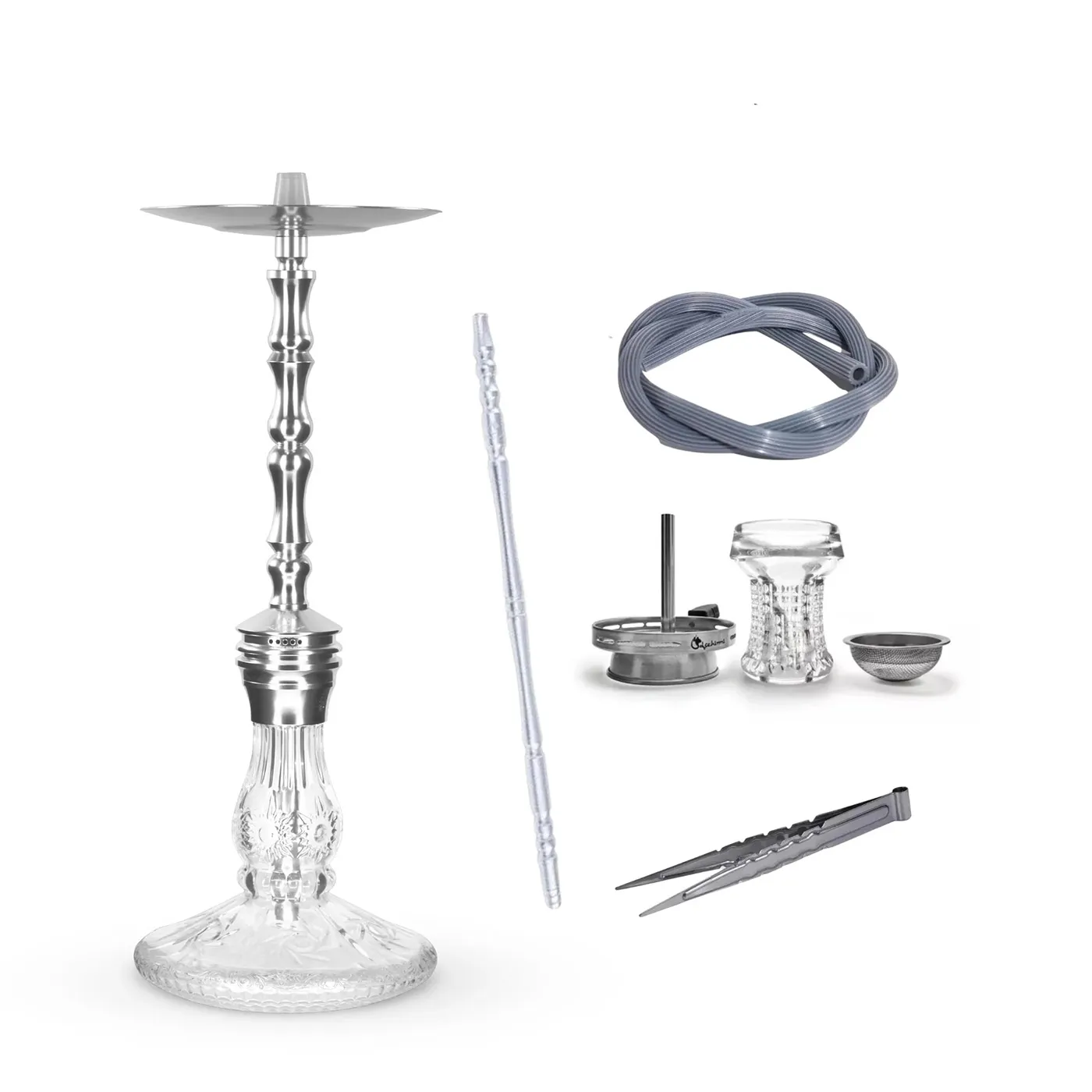
(100 watt co2 laser tube)
FAQS on 100 watt co2 laser tube
Here are 5 English FAQs about "100 watt co2 laser tube" in HTML format:Q: What is a 100 watt CO2 laser tube?
A: A 100 watt CO2 laser tube is a glass gas-filled component that generates a high-power infrared laser beam through electrical excitation. It's commonly used in industrial engraving, cutting machines, and scientific applications. The tube requires water cooling for optimal performance.
Q: How much does a 100 watt CO2 laser tube cost?
A: The 100 watt CO2 laser tube price typically ranges from $800 to $1,500 USD depending on brand, quality, and included warranties. Industrial-grade tubes from manufacturers like RECI or SPT cost more than generic options. Replacement tubes usually cost less than OEM components supplied with laser machines.
Q: How long do 100 watt laser tubes last?
A: Most 100 watt CO2 laser tubes last 1,500-8,000 operating hours under proper maintenance. Lifespan depends on usage patterns, cooling efficiency, and power settings. Tubes operated continuously at maximum power typically have shorter service lives than those used intermittently at medium settings.
Q: What materials can a 100 watt CO2 laser tube cut?
A: A 100 watt laser tube effectively cuts wood up to 15mm thick, acrylics up to 20mm, fabrics, leather, and some plastics. It struggles with metals (requires higher wattage) but can engrave coated metals. Cutting capacity varies based on material density and machine focal settings.
Q: How do I install a replacement 100 watt CO2 laser tube?
A: First discharge stored high-voltage energy and disconnect power. Remove water lines and alignment mounts from the old tube, then install the new tube matching electrode orientation. Precisely realign mirrors and lenses before restarting. Always follow manufacturer-specific guidelines to avoid electrical hazards.








